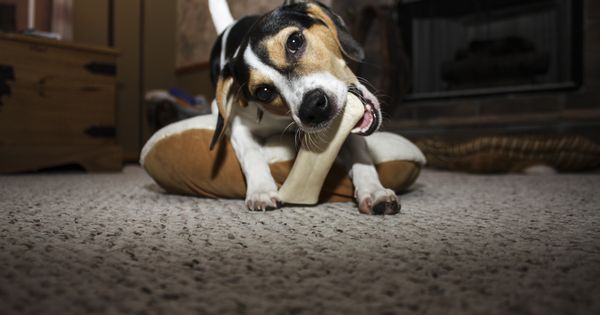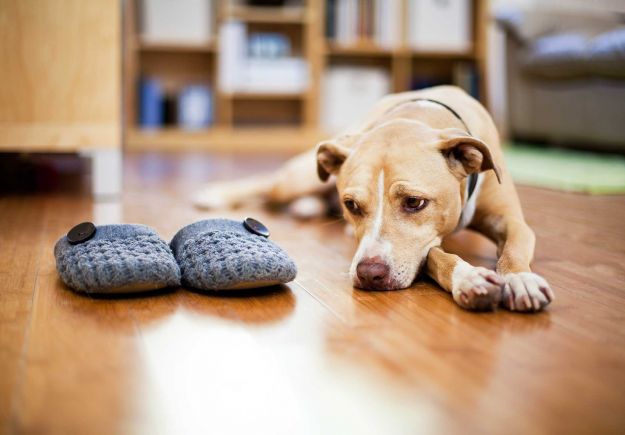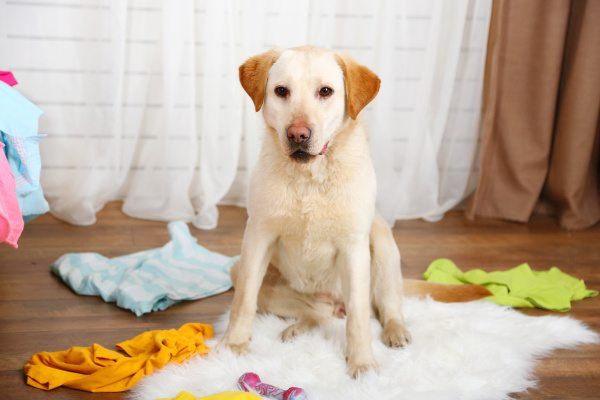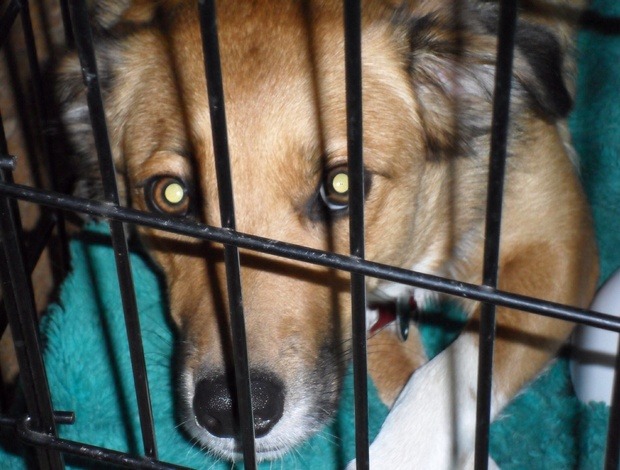Most dogs will be sad, even bark or whine when you leave the house. It is completely normal as long as they don’t take it to the extremes. Separation anxiety can be a serious condition in dogs and should never be ignored. It can be dangerous to their well-being and can cause damage both to your beloved pet and your house.
But no worries, you don’t have to be a dog whisperer to fix this problem. With the following 7 methods and a little training, you should be able to ease your dog’s separation anxiety.
#7—Always leave your dog with something that keeps him occupied.
When you leave the house, give him a favorite toy or treat that will occupy him for 15 to 20 minutes. As soon as you get home you should take it away though, so he learns to associate that toy or treat (a good thing) with your leaving.
#6—Teach your dog
As long as your dog is only suffering from mild separation anxiety you should be able to teach him that your absence isn’t a cause for concern. Try ignoring him for the first few minutes after you get home before you pet him calmly.
#5—Creating a safe space for your dog also helps.
Designate a confined space to leave your dog in when you leave the house. Preferably, choose a room with a window and confine the dog with plenty of toys.
#4— Keep him at ease until your return
Putting an anti-anxiety stress relieve vest on your dog with separation anxiety may also make him feel safe in your absence. The snuggling feeling of the anxiety vest along with a piece of your clothing that carries your scent may keep him at ease until your return.
#3—Never crate a dog with separation anxiety.
Dogs suffering from separation anxiety will continue to exhibit the same behaviors in a crate. These behaviors may include urination or defecation, and your dog could hurt himself in attempts to escape.
#2—Never punish your dog for his condition.
Punishing your dog for urinating in the house may be tempting, but if it is a symptom of separation anxiety this could make the problem even worse.
#1—Seek Help
If your dog’s separation anxiety becomes so severe that he potentially hurts himself you should seek the help of a veterinarian or animal behavior specialist for treatment as soon as possible.
The bottom line is that even though many dogs become upset when their owners leave the house, most dogs understand that it is only a matter of time before their return. Dogs with separation anxiety often fear that their owner is never coming back, so they become stressed and may even attempt to escape the house.
If your dog or puppy is suffering from separation anxiety, do not ignore the signs – try to remedy the problem with the training tips above or seek veterinary care in extreme conditions!





